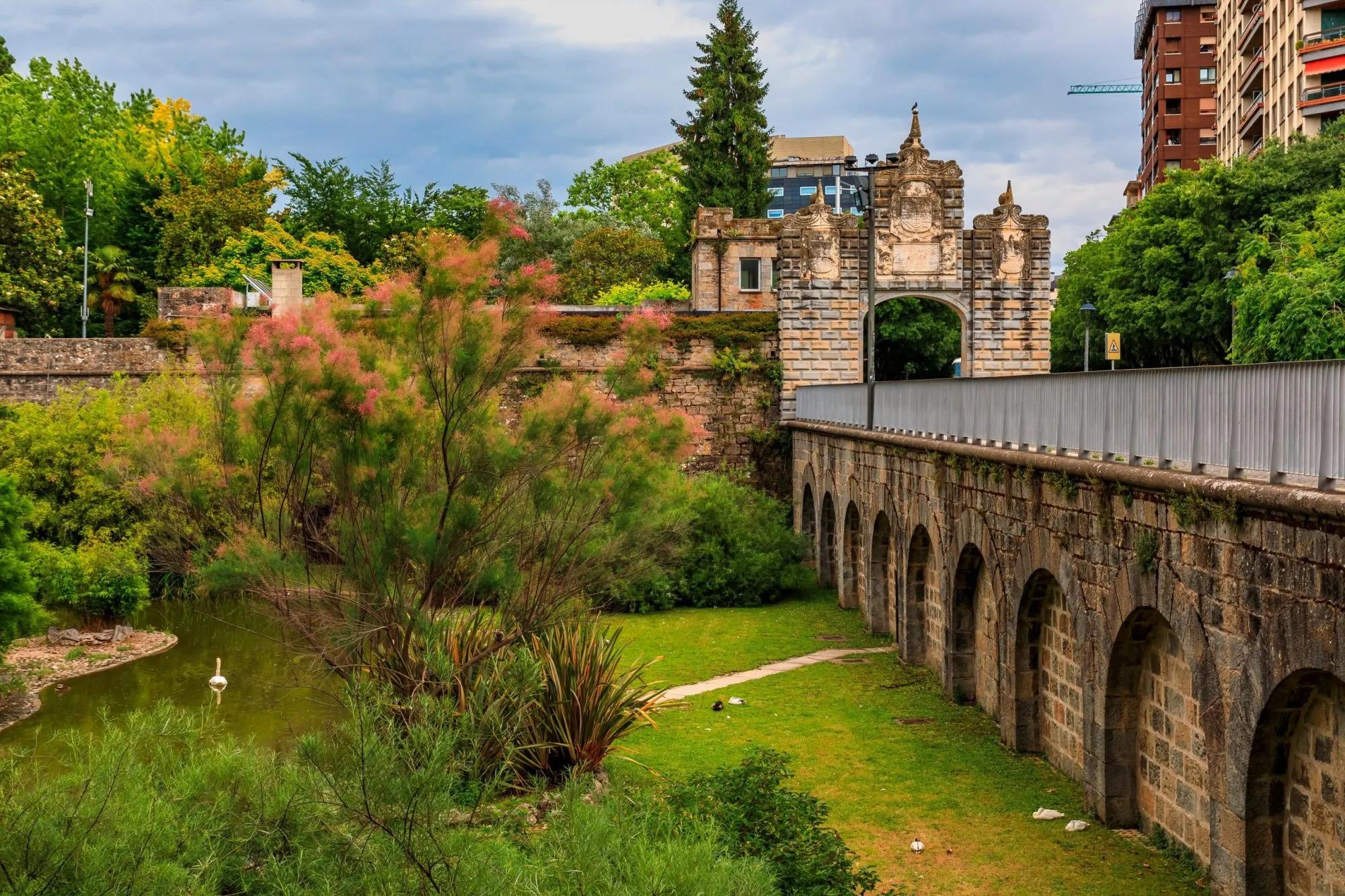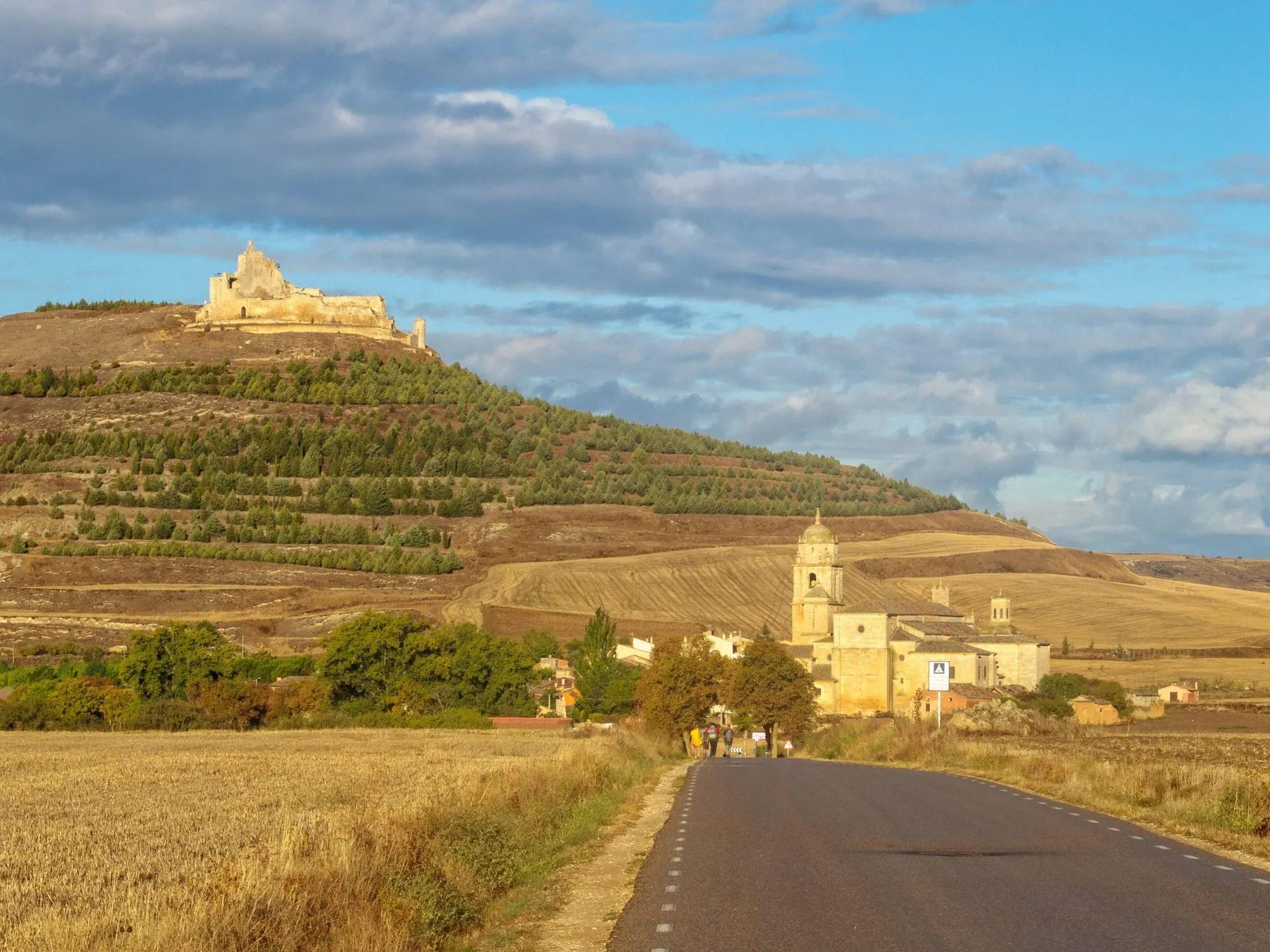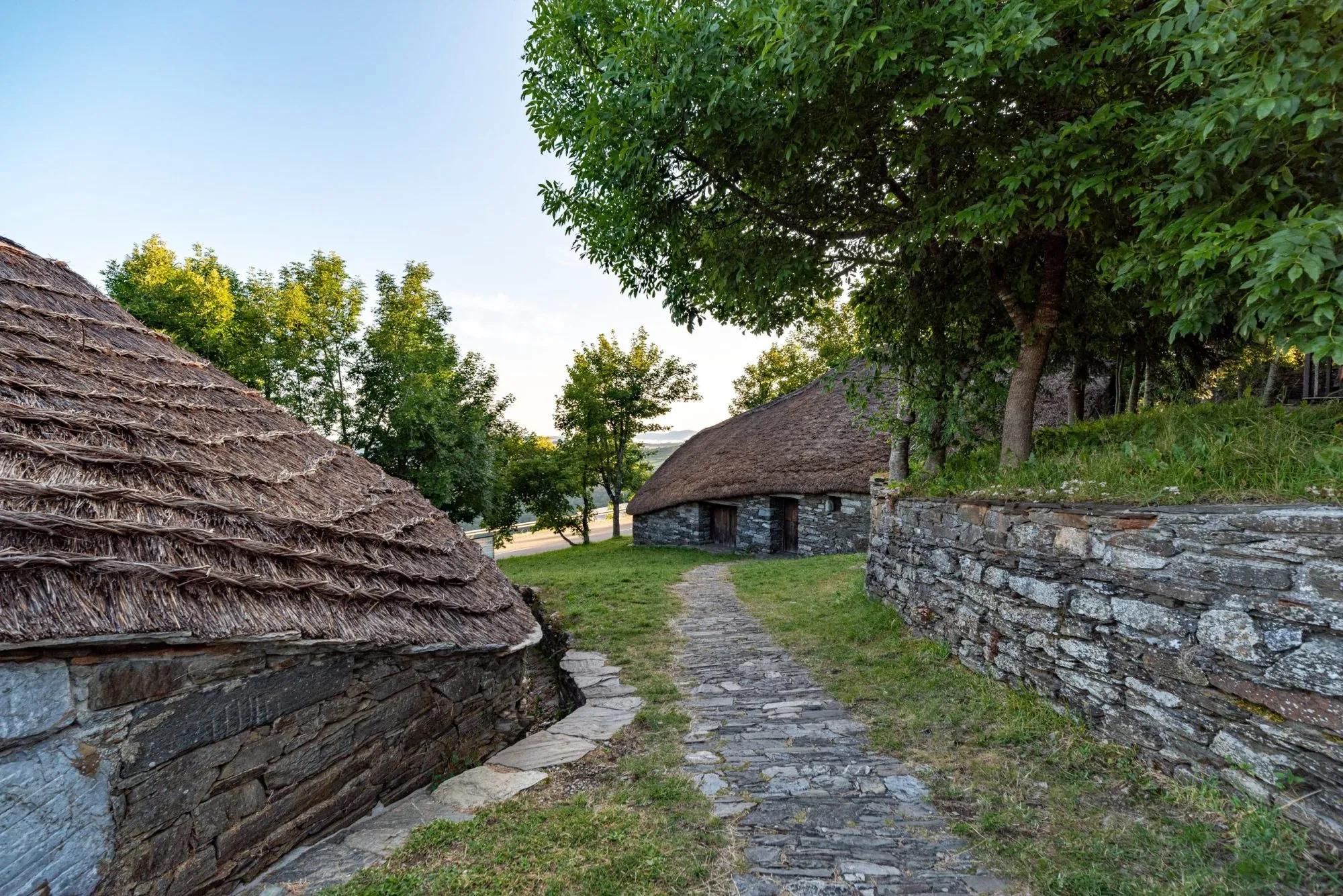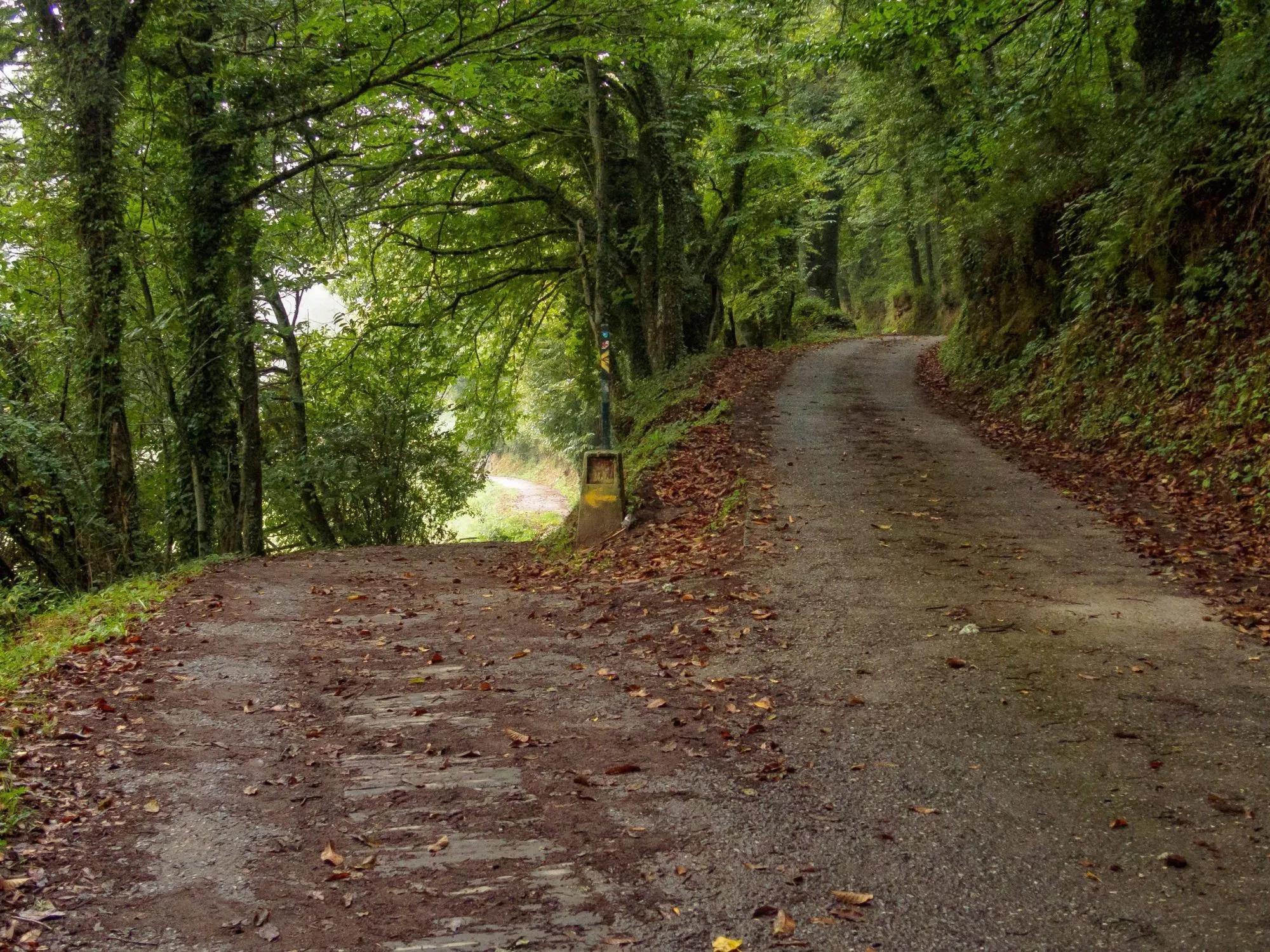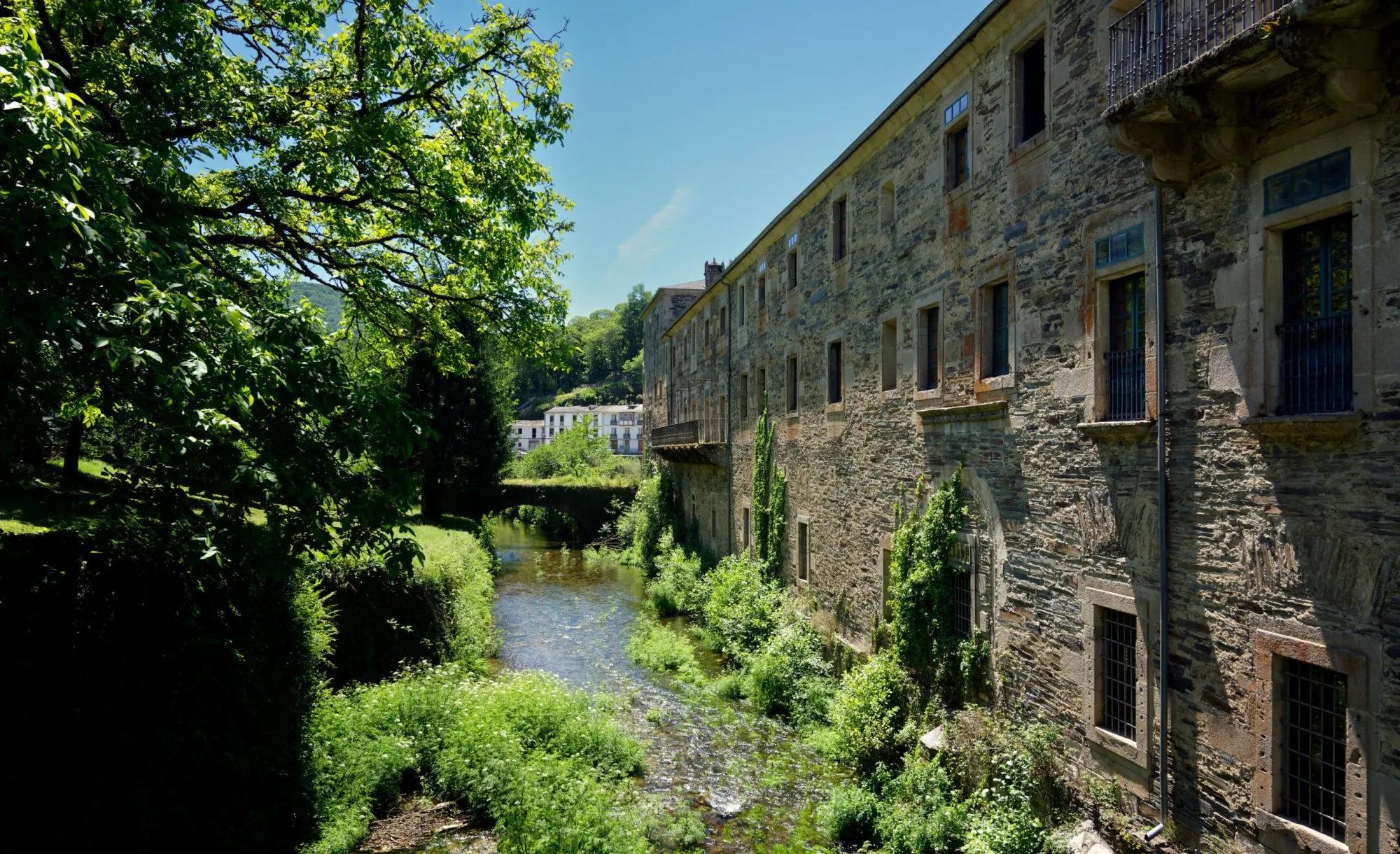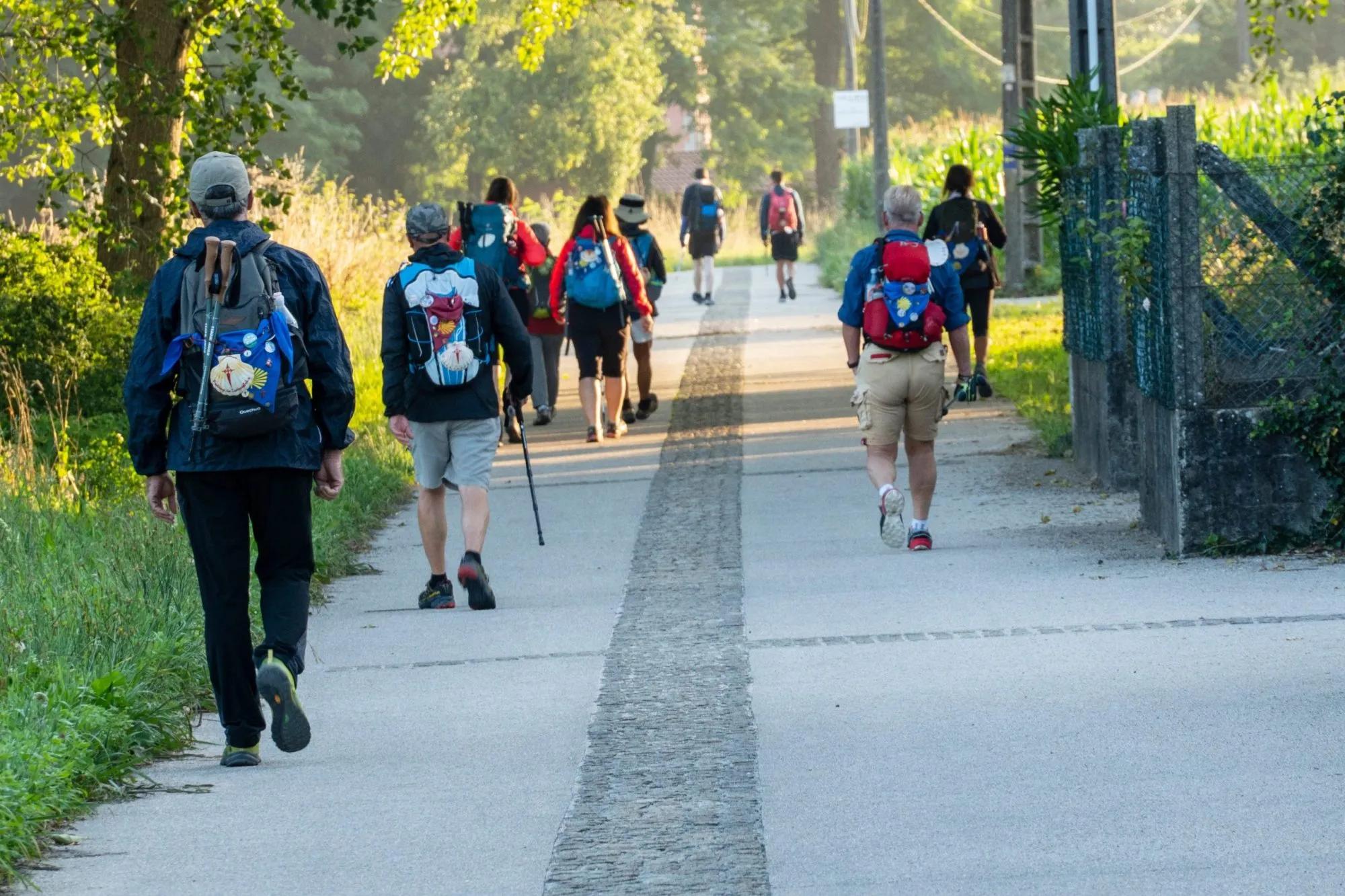67 km
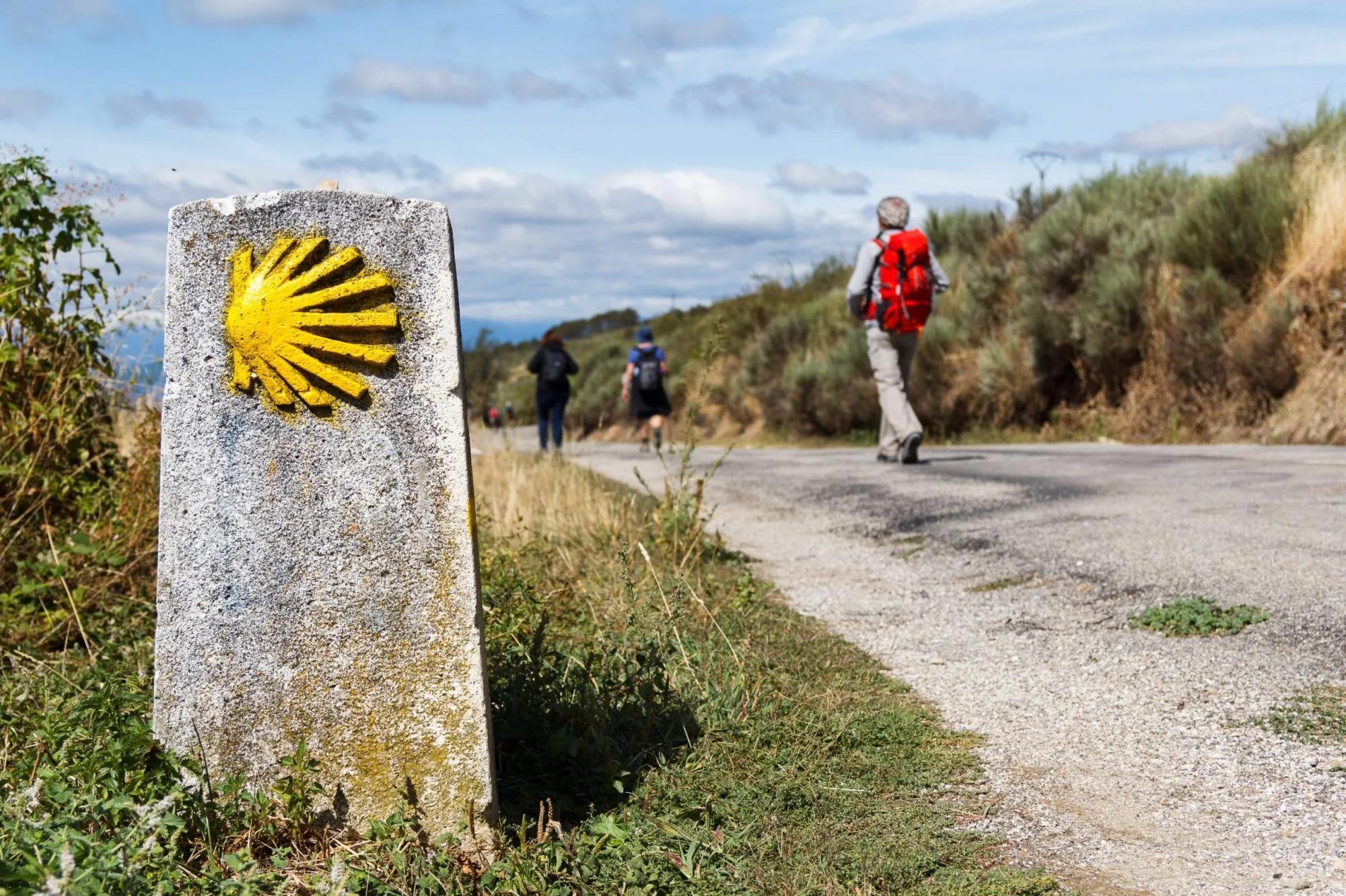
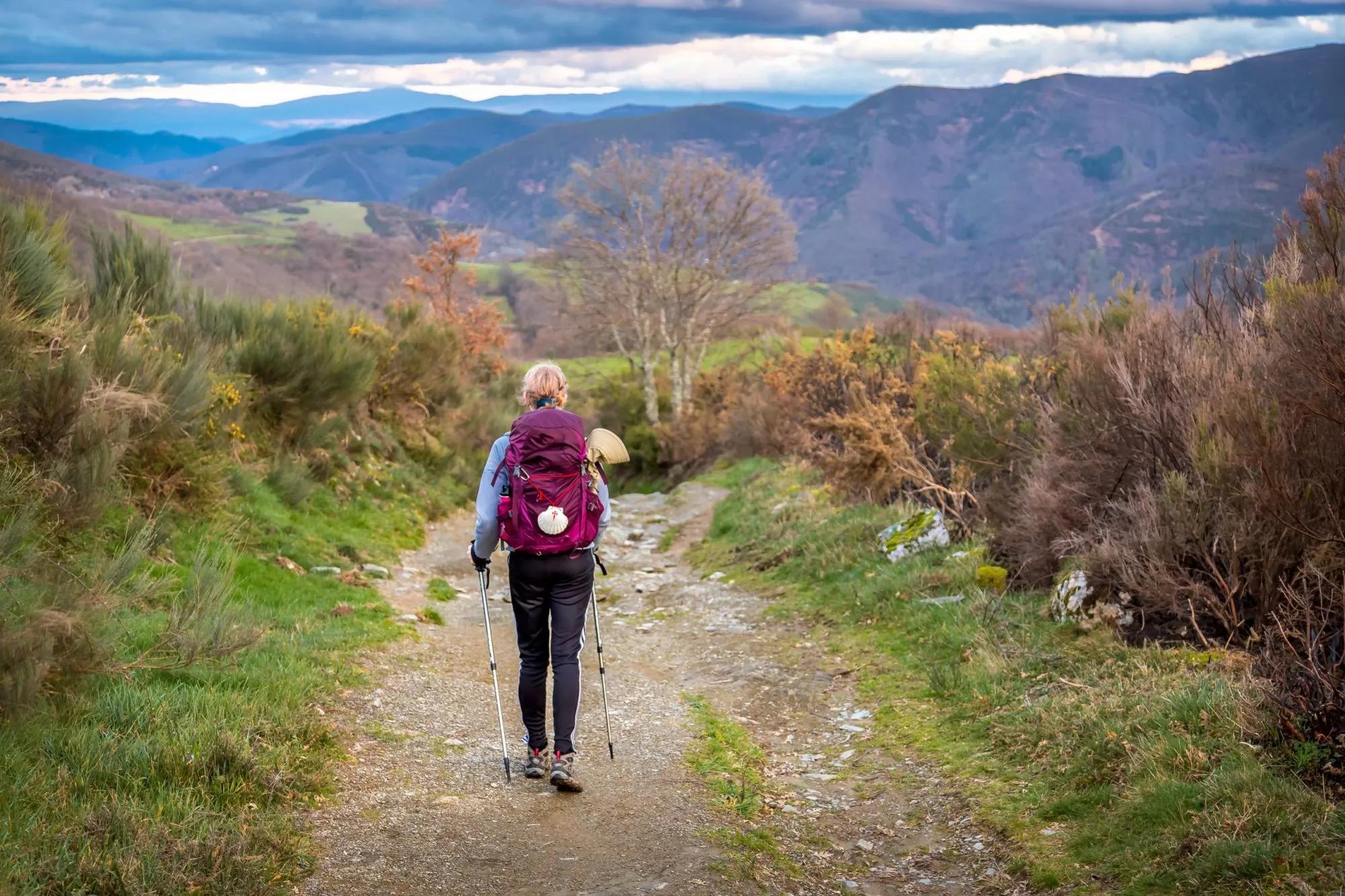






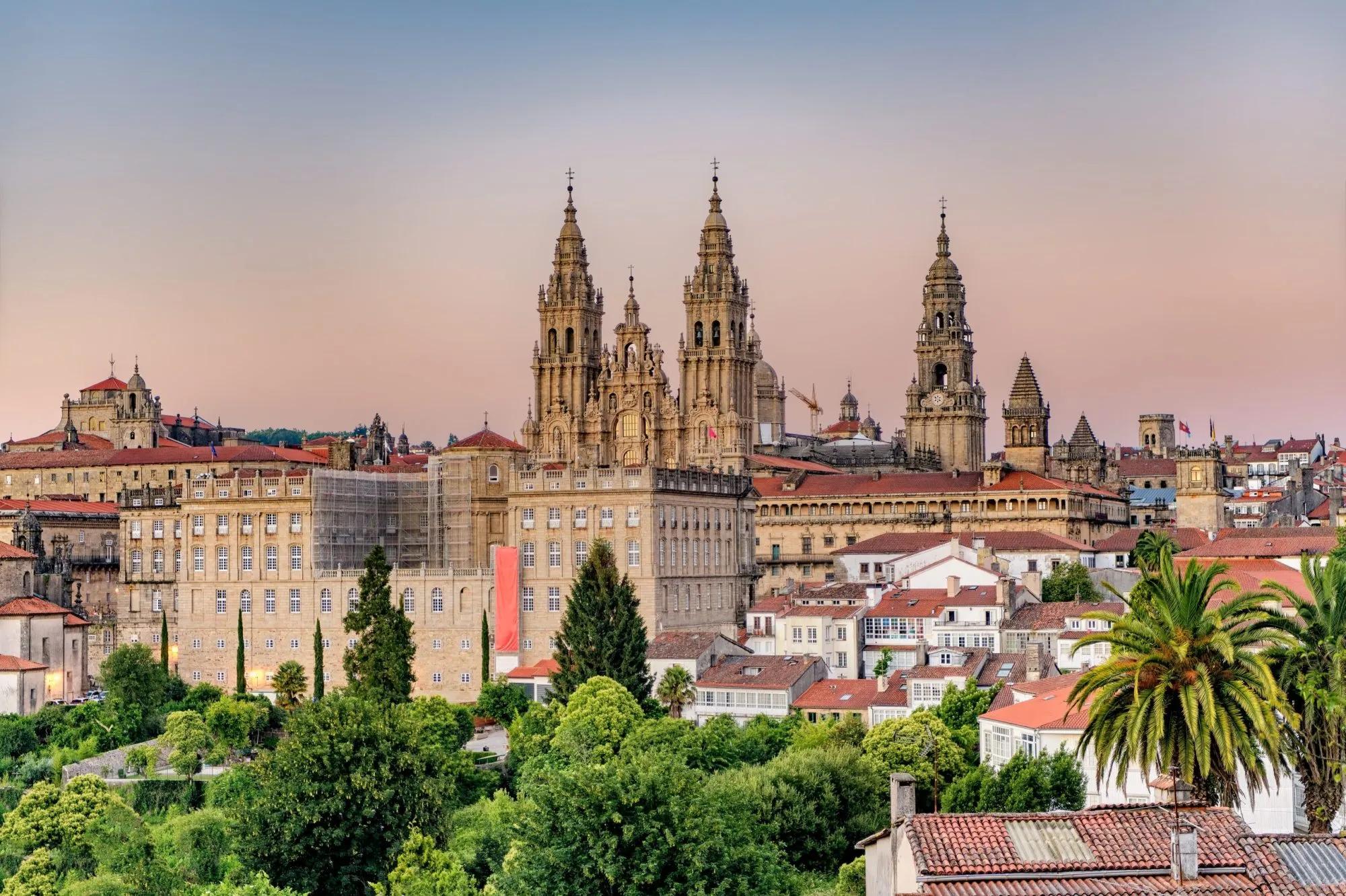



Camino Frances
34 days / 33 nights
|
Starting point
Saint-Jean-Pied-de-Port
Finish point
Santiago de Compostela
Season
From April to October
Technical level
1/5
Fitness level
4/5
Tour type
Pilgrimage
Starting point
Saint-Jean-Pied-de-Port
Finish point
Santiago de Compostela
Season
From April to October
Technical level
1/5
Fitness level
4/5
Tour type
Pilgrimage
Highlights
- Traverse the most famous pilgrimage way in the world, spanning almost 800 km
- Learn the ways of the Spanish countryside in its purest form, crossing Navarre, La Rioja, Castilla y León, and Galicia
- Feast your taste buds on luscious gastronomy and wine featuring world-class meat and fish dishes
- Cross Roman-built bridges, enter medieval churches and gaze upon centuries-old Catholic monuments
- Ascend to stunning viewpoints across Spain's heartland and fill your memory bank with unforgettable sceneries
- Enjoy a life-altering experience on a route walked by 350,000 pilgrimages annually
Itinerary of the trip
FREE ITINERARY
Get Your Travel Itinerary
Loved the itinerary? Enter your email below, and we'll send a copy straight to your inbox.
What’s included in the price?
Self-guided
NOT INCLUDED
OPTIONAL EXTRAS
What to bring to the tour
- Hiking shoes/boots
- 25 to 35-liter backpack
- Base layer
- Sports T-shirts
- Hiking shorts
- Hiking water-repellent pants
- Waterproof jacket
- Midlayer
- Sports socks and underwear
- Leisurewear for evenings
- Shade hat/cap
- Sunscreen
- Sunglasses
- Hiking poles
- ID card or passport
- Snacks
- Cash
- Water bottles or hydration pack
- Toiletries
Walk the Camino Frances, a pilgrimage route that carves through the heart of Spain's majestic landscapes and ancient towns, from Pamplona's lively streets to the spiritual Santiago de Compostela.
This historic route unfolds a panorama of changing vistas. Beginning in the picturesque French town of Saint-Jean-Pied-de-Port, it ascends the awe-inspiring Pyrenees and traverses through the rich cultures of Navarre, La Rioja, Castilla y León, and Galicia.
Camino Frances offers a tapestry of experiences: the Gothic wonders of Burgos, the historical richness of Léon, and the rustic charm of Galicia's O Cebreiro. Along the way, you'll encounter architectural marvels like the Iron Cross, the Cathedral of León, and the quaint beauty of towns like Astorga and Sarria.
Spanning almost 800 kilometers, the Camino Frances is often too large a commitment given the logistics and time people usually have on their hands. Recognizing its organizational challenge, we have meticulously divided this iconic pilgrimage into eight manageable stages.
This flexibility allows our travelers to experience the Camino at their own pace, selecting sections that suit their time and fitness levels. Whether you choose to walk a single stage or combine several, our tailored approach ensures that the Camino's wonders are accessible to all.
While our tours traditionally begin with walking on the first day and conclude with walking on the last day, we understand that some travelers may wish to extend their stay. We can arrange additional days before or after the walking tour, complete with accommodation bookings.
Our comprehensive service takes care of every detail, ensuring a seamless journey. From handpicked accommodations to daily luggage transfers, we provide comfort after each day's trek.
You're never alone on this journey, with round-the-clock support, GPS navigation, and an in-depth travel booklet guiding you through the Camino Frances' rich tapestry of history and culture.
In the spirit of the Camino, take the first step with us. Leave the heavy lifting to our expert team and focus on what truly matters – the journey, the scenery, and the reflection.
Start planning today!
The sooner the better - guaranteed availability and best prices if you don't wait for too long.
Frequently Asked Questions
Ratings & Reviews

5.0 average rating

We had a lovely hike today with our guide Klemen. He personalized the tour on our needs and interests, so that we saw places we wouldn't without his experience. The hike was a little bit slippery after the rain from the last days and it went a lot upwards, but it was totally worth it! Thanks again :)


We had a lovely hike today with our guide Klemen. He personalized the tour on our needs and interests, so that we saw places we wouldn't without his experience. The hike was a little bit slippery after the rain from the last days and it went a lot upwards, but it was totally worth it! Thanks again :)


All available guidance options
Self-guided
Are you looking for a good adventure and limitless flexibility? Then you should try out a self-guided tour, perfect for independent explorers who want to set their own pace. Without the need to stick to a group schedule, you’re free to linger at scenic viewpoints while the logistics are taken care of in advance.

HASSLE-FREE
We handle itineraries, accommodations, and anything else you prefer not to deal with, so you can enjoy a carefree hike.
.svg)
TRIED & TESTED ADVENTURES
Only the best of Camino de Santiago, cherry-picked by our local team with an in-depth knowledge of the region.

SELF-GUIDED TRAVEL
Explore independently and with confidence while we keep everything running from behind the scenes.
TRUSTED BY MANY
Since 2014, we have taken care of thousands of happy customers, making it our mission to put your satisfaction first.





